The crypto craze is just as widespread in Australia as it is across the rest of the world. When we first started, the mining ecosystem was developing, and there weren't many miners in Australia. Today, mining has perhaps reached its peak and professional miners use dedicated systems to get desired results.
Even though crypto mining has become widespread today, beginners still face complications setting up shop. From buying a rig to finding the best pool for mining, we will cover it all in this article. However, before we move onwards, let us first look at how crypto mining works.
What is Crypto Mining?
To explain in simplified terms, crypto mining is the process of computing new cryptocurrencies by using computational power to solve complicated maths problems. The answers to these problems then verify transactions within the currency.
We understand that miners gain a predetermined amount of cryptocurrency when a new crypto is mined. As simple as the process may seem, there are some big hurdles that miners must overcome to be successful in their craft.
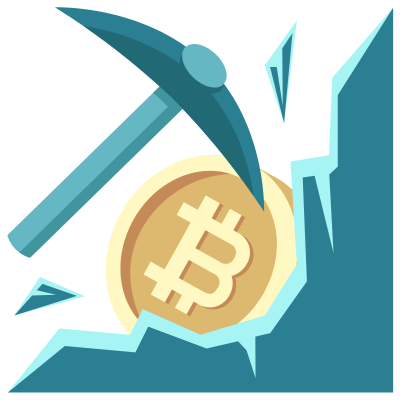
In this article, we dig deep into the process of mining crypto in Australia and help educate users on what to do and what to avoid when they start.
Understanding the Basics of Cryptocurrency Mining
Most people just think of crypto mining as a way of minting new coins. However, this explanation just scratches the surface of what the process actually entails.
Role of Miners in Validating Transactions During Mining
From our experience with mining, crypto mining also includes validating transactions on a network and then adding them to a ledger. Once a block is created, other miners in the network validate the solution and check the transactions within the block. If the majority agrees, the block is added to the blockchain. The miner who successfully added the block receives a reward, usually in the form of newly created cryptocurrency and transaction fees.
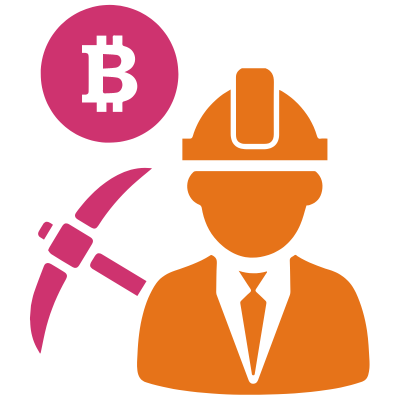
Think of the validation process as transactions involving physical currencies. When one entity spends money, one account is credited, and the other is debited.
Similarly, with cryptocurrencies, the digital ledger witnesses a debit entry and a credit entry. However, since digital platforms can be manipulated, there is a threat of double-spending on the ledger. The problem of double spending arises because digital information can be easily copied or reproduced.
How do cryptocurrencies manage the problem of double-spending? By only allowing verified miners to update and validate transactions on the ledger.
Proof-of-Work and Proof-of-Stake Mining
Based on our experience, Proof-of-Work (PoW) is the original consensus algorithm used by cryptocurrencies like Bitcoin. In PoW, we, the miners, compete against each other to solve complex mathematical problems. The first miner to solve the problem gets the right to add a new block to the blockchain and is rewarded with newly minted cryptocurrency.
The process of solving problems, known as mining, requires a significant amount of computational power. As a result, miners with more powerful hardware have a higher chance of finding the solution and earning the reward.
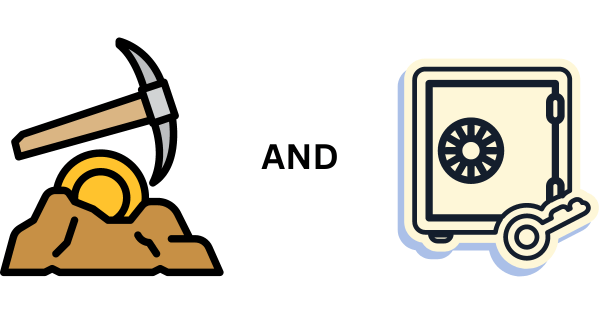
Proof-of-Stake (PoS) mining is a consensus mechanism used in blockchain networks to secure transactions and create new blocks. Unlike Proof-of-Work (PoW) mining, which requires significant computational resources to solve complex mathematical problems, PoS mining relies on the number of coins a user holds and is willing to 'stake' as a collateral. The more coins a user stakes, the higher their chances are of being chosen to validate a new block of transactions and receive the associated rewards.
This method is energy-efficient compared to PoW, and it encourages holding the cryptocurrency long-term, which can contribute to price stability. However, it may also lead to a level of centralisation, as those with larger amounts of the cryptocurrency can more frequently validate blocks.
Mining Processes for Different Cryptocurrencies
As discussed above, PoW mining requires computational power and the use of GPU and ASIC systems (don’t worry, we will discuss all these resources in detail later). Bitcoin started the PoW trend and still operates based on the same mechanisms.
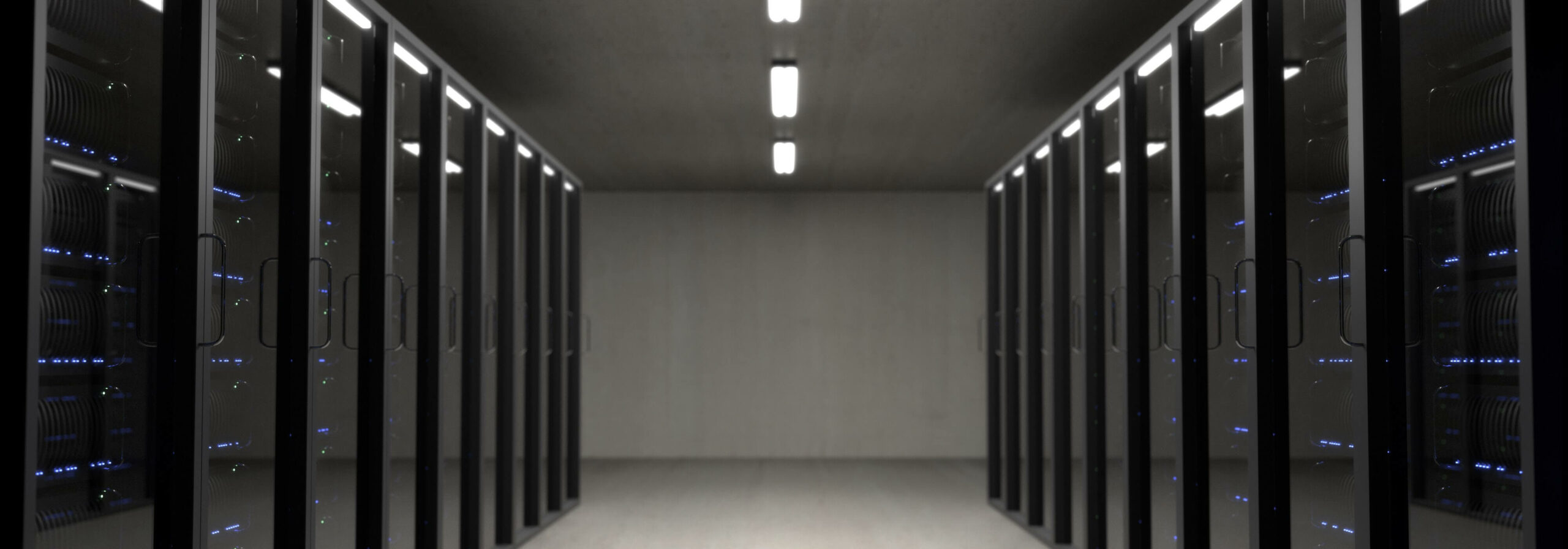
Realising the downsides of the PoW model, Ethereum powered the PoS model discussed above as part of their decentralised finance or DeFi protocols. Cryptocurrencies like Tezos, Atmos, and Cardano have all jumped onto the bandwagon and use proof-of-stake models for verification.
Choosing the Right Cryptocurrency to Mine
Before you start mining, it is highly necessary that you take the time to choose the right cryptocurrency to mine.
Factors to Consider Before Choosing the Right Cryptocurrency to Mine
The decision for choosing the right cryptocurrency should be based on a few factors, including:
Make sure that the cryptocurrency you mine ticks all these boxes.
Popular Cryptocurrencies to Mine in Australia
As a cryptocurrency miner in Australia, you have the option to choose from different cryptocurrencies. These include:
Setting Up a Mining Rig
Your crypto mining rig works as a customised professional computer for mining cryptocurrency. Your rig should feature all the core elements present inside a computer, including storage, CPU, motherboard, and RAM.
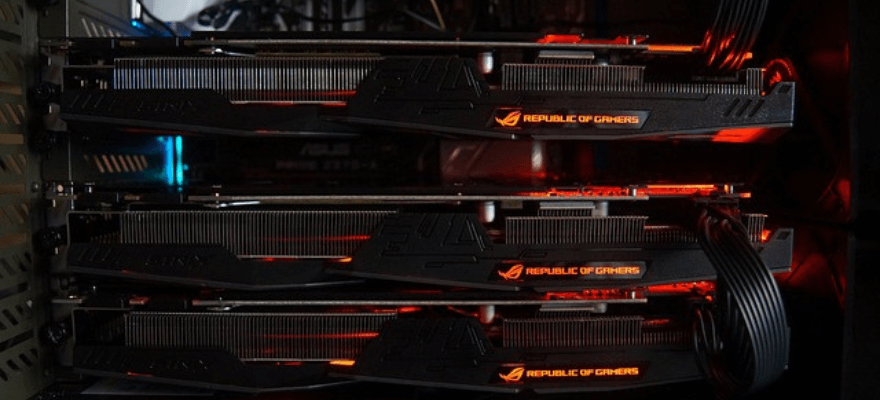
We believe the primary factor that differentiates a mining rig from a traditional computer is the GPU or graphic processing unit required for mining. Multiple graphic cards can be positioned separately using USB risers. We’ll discuss USB PCIe risers in detail below.
Additionally, an Application-Specific Integration Circuit or ASIC system can come in handy for all investors looking for significant returns through the mining process. However, there is a certain grey area around the ASIC mechanism and the way it harms the crypto ecosystem by taking away the returns from miners using other systems.
A miner with an ASIC system might cut into the profits made by miners with GPUs or other rigs. Not everyone can afford ASIC machinery upfront, especially since a dedicated system can cost over $10,000+ in Australia.
Hardware Requirements
Before you set up shop and start mining on your crypto rig, you need to take care of the hardware components that make up the rig. Some of the hardware components to purchase include:
1. GPU: Your mining rig utilises multiple GPU points located on a single motherboard. Once you sort out the GPU requirements, building your rig will not be as daunting as it seems.
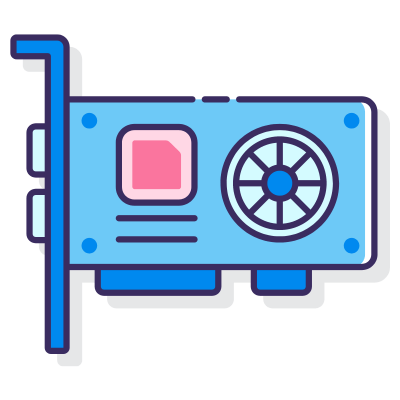
2. CPU: The CPU cores power resources at the back end by verifying transaction blocks, solving puzzles, and checking blockchain transactions. You can use low-end CPUs to reduce the upfront cost, but we don't recommend it because of the performance issues that come with it.
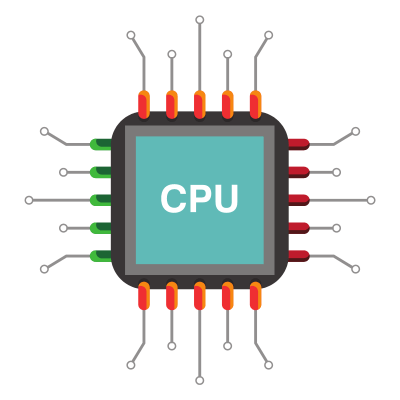
3. USB PCIe risers: PCIe risers allow you to extend your motherboard's slot, so you can mount your graphic cards further away from the motherboard. They can help you mount multiple graphic cards on the motherboard without worrying about limited x16 slots.
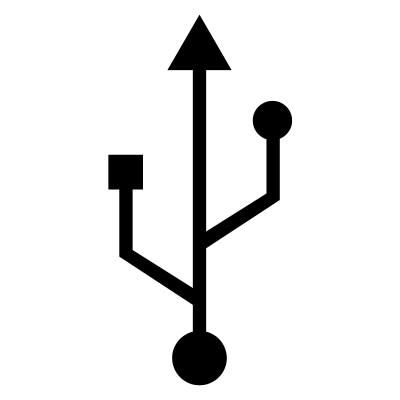
4. Motherboard: Motherboards from Intel or AMD will do the job. You can integrate your CPU into the motherboard for smooth operations.
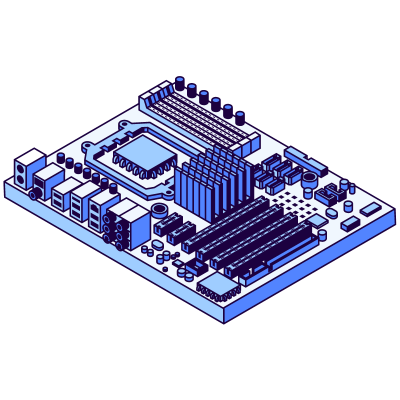
5. GPU frame: Your GPUs shouldn't be installed in your computer because of potential heating issues. We suggest buying or building a customised case that can host the GPU slots.
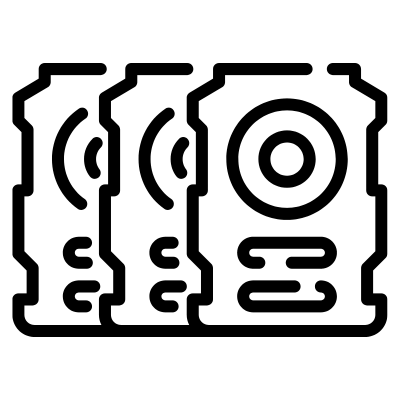
6. Power Supply: The power supply for your system will be determined by the number of GPUs in the rig. The more GPU slots you have, the higher amount of power your rig will require.
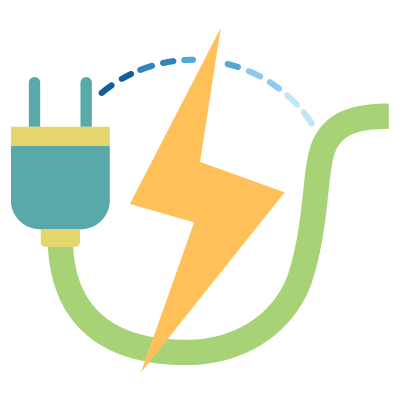
7. ASIC: Your Application-Specific Integrated Circuit, or ASIC, is a special-purpose device created for mining cryptocurrencies. If you want to generate substantial results from your mining operations, then you need an ASIC to kickstart operations.
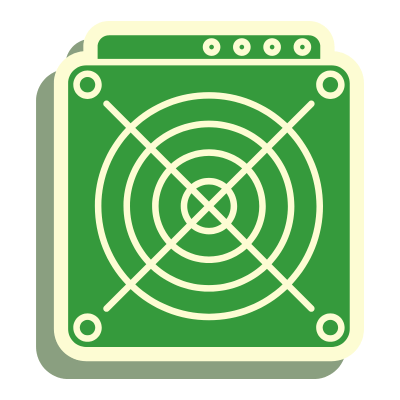
8. RAM: Finally, you need to buy RAM that works with your rig’s motherboard. Make sure you check the factors related to the purchase of RAM.
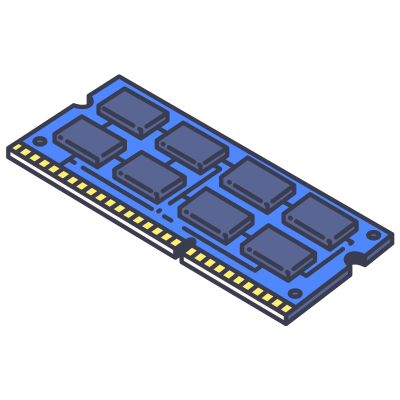
Software Requirements
Software requirements are just as important for starting a crypto rig as hardware requirements. The software you need includes:
Joining a Mining Pool or Going Solo
When you start mining with your rig, you will have to choose between solo mining and mining with a pool:
Solo Mining
As a solo miner, you will have to partake in the arduous process of crypto mining on your own. If you do decide to mine on your own, you will need to bear a major spike in electricity bills, alongside investing money in a dedicated system.
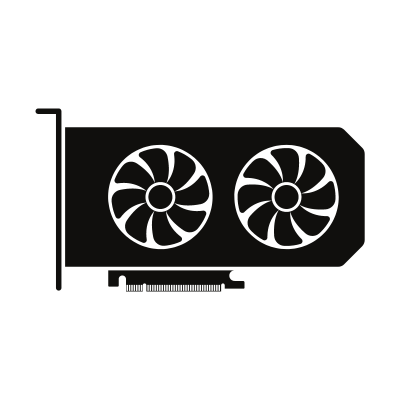
With solo mining, the rewards, as significant as they may be, are far few. Based on our experience, investors can get a little over 6.25 BTC for mining an entire block, which amounts to a little over AUD $243,000. However, it is very rare for a solo miner to mine an entire block.
Pool Mining
While pool mining follows the same process as solo mining, the former is done with other people, while the latter is done alone. From where we see it, pool mining combines the computing power of multiple miners to increase the chances of mining a block.
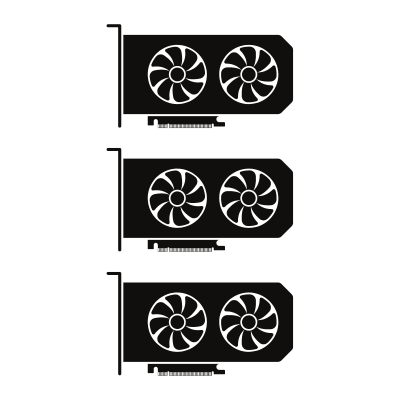
From our experience, more computational power can increase the chances of mining a block and can improve your profits. The returns from mining in a pool are more frequent, albeit lower than solo mining.
We understand pool mining is mostly done on a proportional basis, where miners get shares for the amount of computational power they contribute to the process. In other words, a miner contributing higher resources and more power will get a bigger profit share.
If you want to start mining on a pool, we recommend Binance, Slushpool, and PEGA Pool as the best options. PEGA Pool even offers eco-friendly mining on top of the competitive payouts and is one of Australia's best BTC mining pools.
Practical Tips for Optimising Your Mining Operations
As a beginner-level miner, you will need all the guidance and expertise from other, more experienced players in the industry. We have the industry expertise and believe there are certain practical tips that can help miners optimise their operations:
Energy Consumption and Efficiency Tips
By now, most of us understand that mining cryptocurrencies is an energy-intensive process, but there are ways to make these operations more efficient and eco-friendly.
- Invest in energy-efficient hardware: Let's start by making sure you’re using the latest and most energy-efficient mining hardware out there, like ASICs or GPUs with high hash rates and low power consumption. Remember, a penny saved is a penny earned!
- Tweak your mining software settings: We can fine-tune our mining software by adjusting the power limit, clock speeds, and voltage settings. This way, we'll get the most bang for our buck in terms of energy consumption.
- Embrace renewable energy: Why not use solar, wind, or hydroelectric power to fuel your mining operations? Not only will you save on energy costs, but you’ll also reduce your carbon footprint. Win-win! Also, PEGA Pool offers a 50 percent reduction in fees for miners who use energy-efficient methods.
Security Measures to Protect Your Mining Operations
We’ll now mention some essentials security measures to secure your mining operations:
Use Strong Passwords with Two-Factor Authentication: Always create strong and unique passwords to secure your accounts. Also, enable 2FA to add an extra layer of security.
Secure the Network: Secure your network using a firewall to protect against all external threats. Ensure your Wi-Fi network is protected through a password.
Monitor Security and Operations: Always keep an eye on mining rigs for unauthorised access. Always keep an eye on unexpected changes in hash rates, unexpected new settings, and changes in mining addresses.
Routine Maintenance and Monitoring of the Mining Rig
To keep our mining rig running smoothly and efficiently, it's essential to perform routine maintenance and monitoring. Here are some practical tips to help maintain the health and performance of our mining rig:
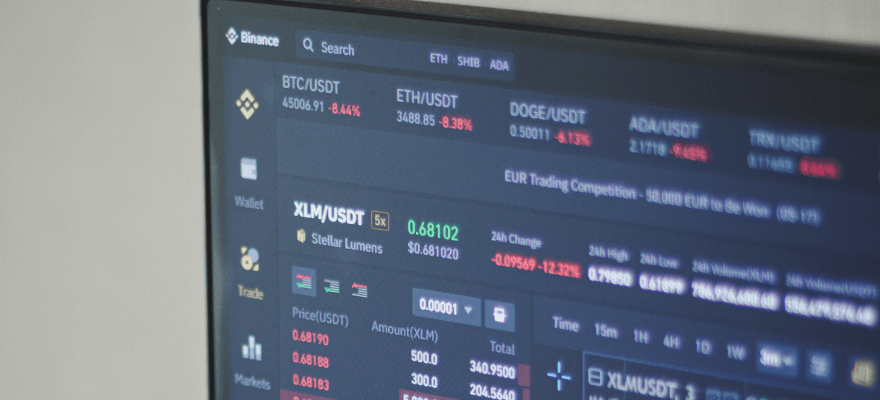
Inspect hardware regularly: Check your mining rig for signs of wear and tear, dust buildup, and loose connections. Regular inspections can help us identify potential issues before they become serious problems.
Clean the mining rig: Dust and debris can accumulate on your mining rig, causing overheating and reduced performance. Use compressed air or a soft brush to clean the rig, fans, and heatsinks regularly.
Monitor temperatures: Always remember to keep an eye on the temperatures of your GPUs, ASICs, and other components. Overheating can lead to reduced performance and even permanent damage. If temperatures are consistently high, consider improving our cooling solutions.
Maintaining Profitability and Staying Informed
While changes in the crypto landscape and the shifting prices of cryptocurrencies have affected the mining landscape and incentives — miners can maintain profitability through routine measures.
Strategies to Maintain Profitability
Before diving into mining, it's essential to research and select the most suitable cryptocurrency. We recommend focusing on coins that have a lower mining difficulty and a higher potential for growth. It's also important to consider factors like coin potential, popularity, and growth.
Keep an Eye on Mining Trends
The crypto market is highly volatile, and staying updated on the latest trends can help you make informed decisions. We advise all readers to monitor the news, follow relevant social media channels, and participate in crypto forums to stay ahead of the game. This will enable new miners to make timely adjustments to their mining strategies and maximise profitability.
We recommend keeping an eye on resources like Coin Desk, Bitcoin Magazine, and Blockworks.
Monitor the Software and Hardware Mining Resources
Using the latest mining software and keeping it updated is essential for efficient mining. Newer software versions often come with performance improvements, bug fixes, and support for mining algorithms.
Conclusion
Mining crypto in Australia is an extensive process that requires attention to detail when setting up your rig and maintaining your profitability.
We hope our thorough guide on cryptocurrency mining is able to help you establish your rig and decide what’s best for you. As a starter, you need to keep an eye on market trends and see which pools offer the best returns in Australia.
Once you set up shop and start mining from your rig, ensure that you follow our tips on cutting costs and maintaining efficiency. In an already saturated market, your success depends on your ability to cut down on inefficiencies and improve output.
